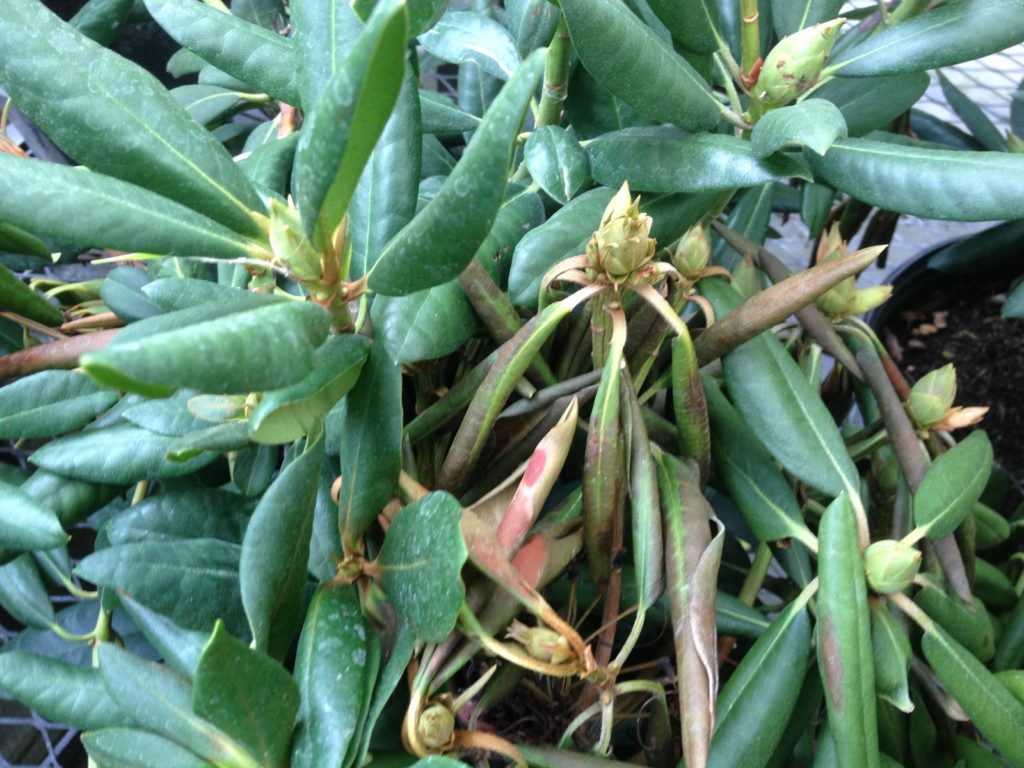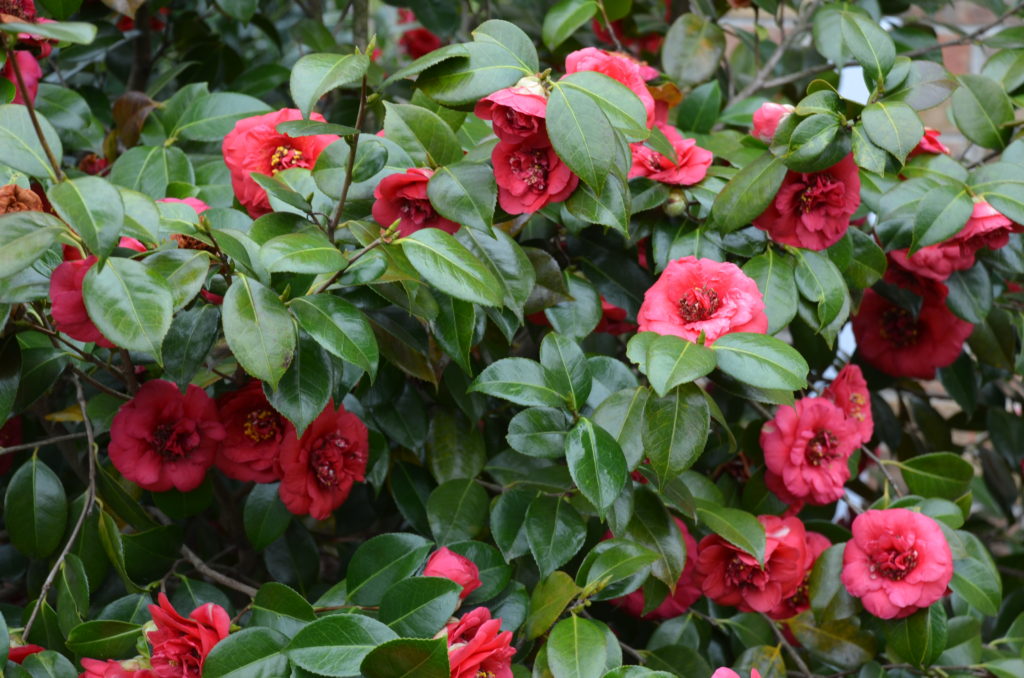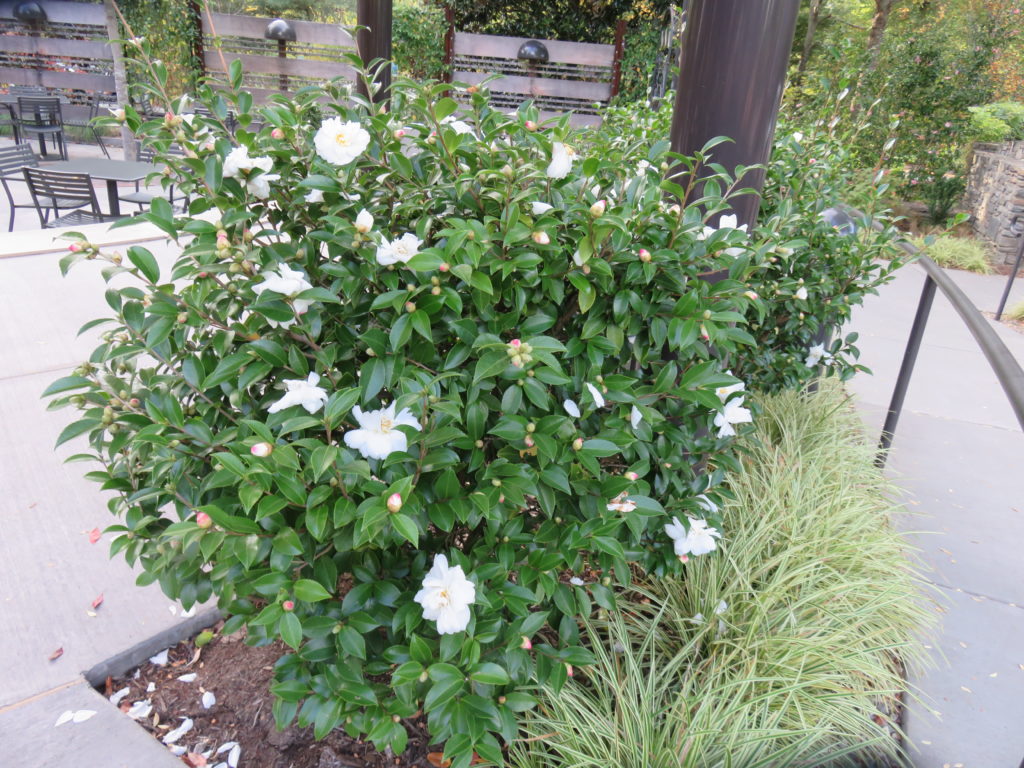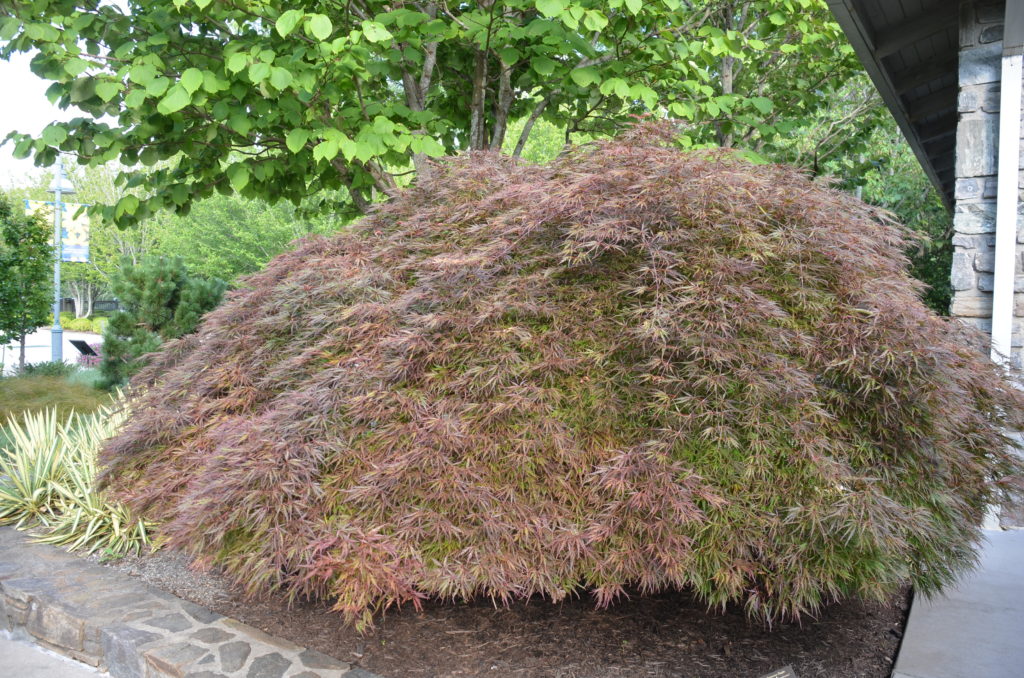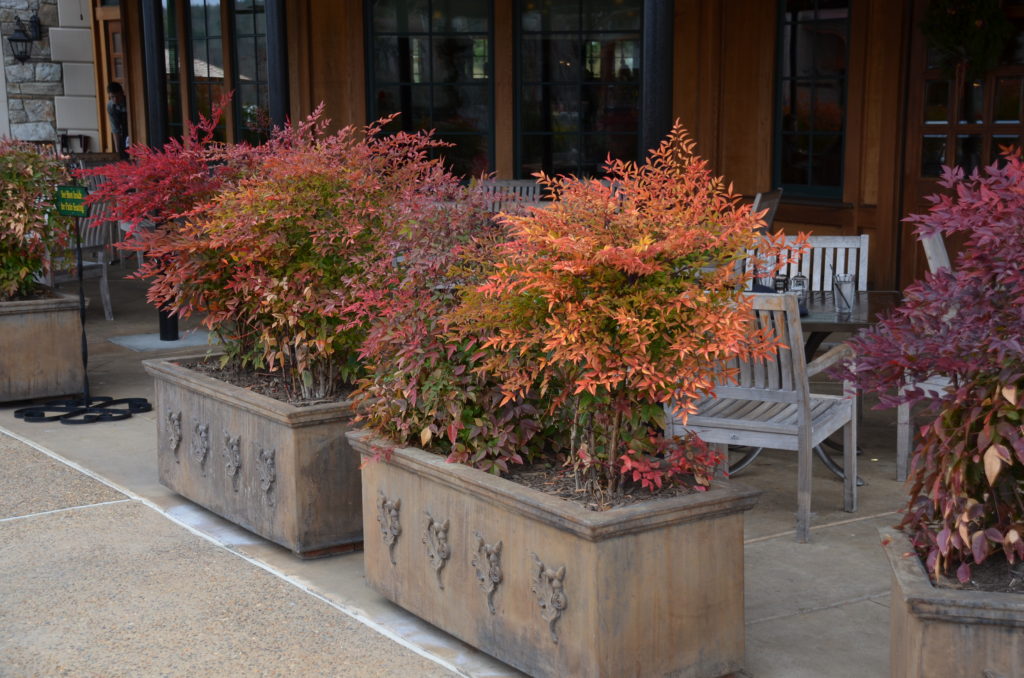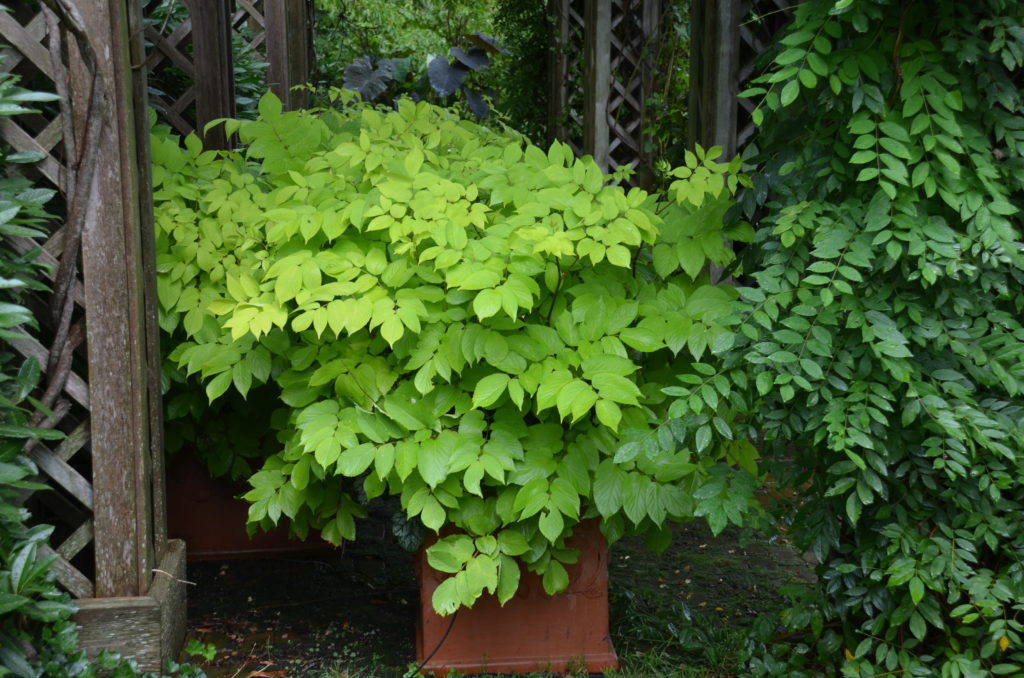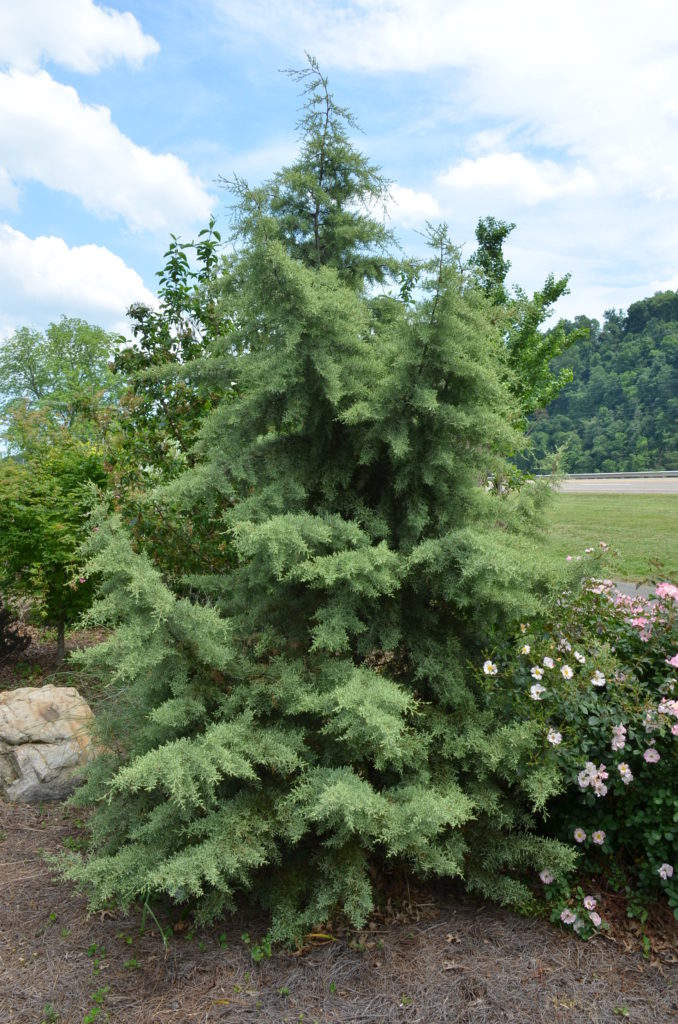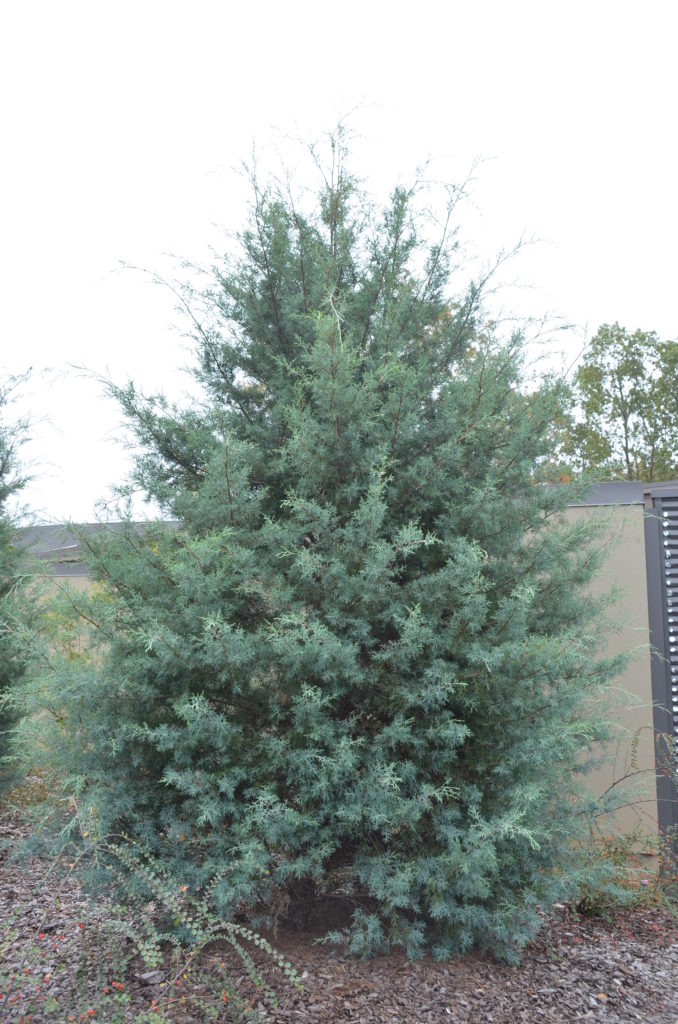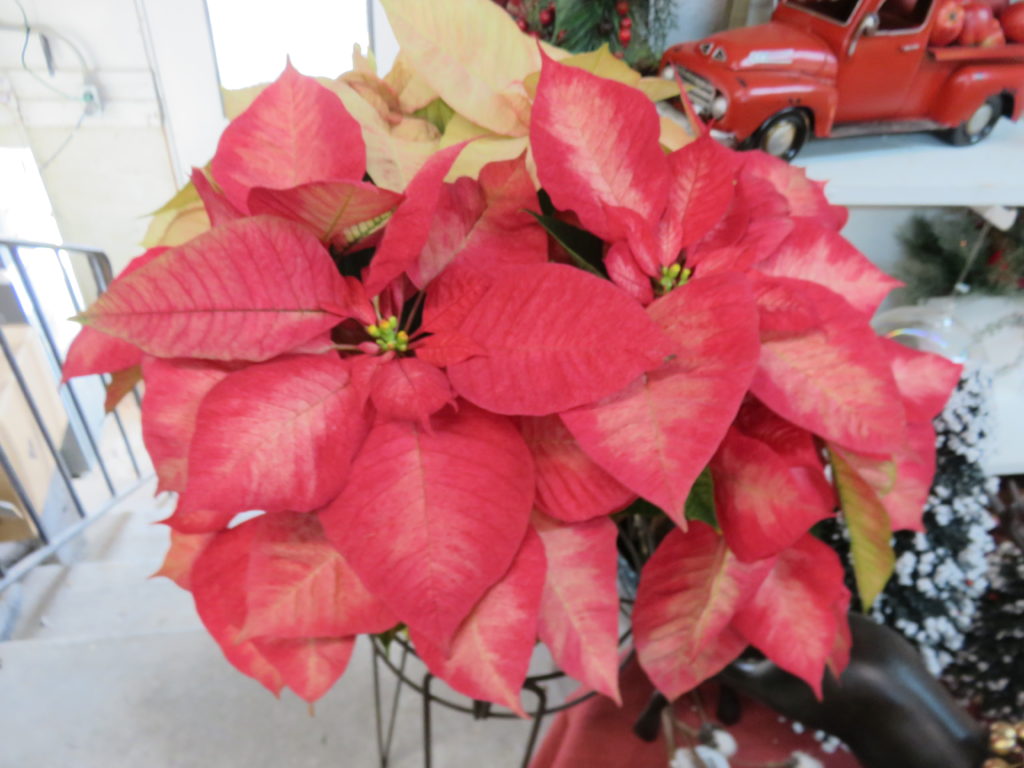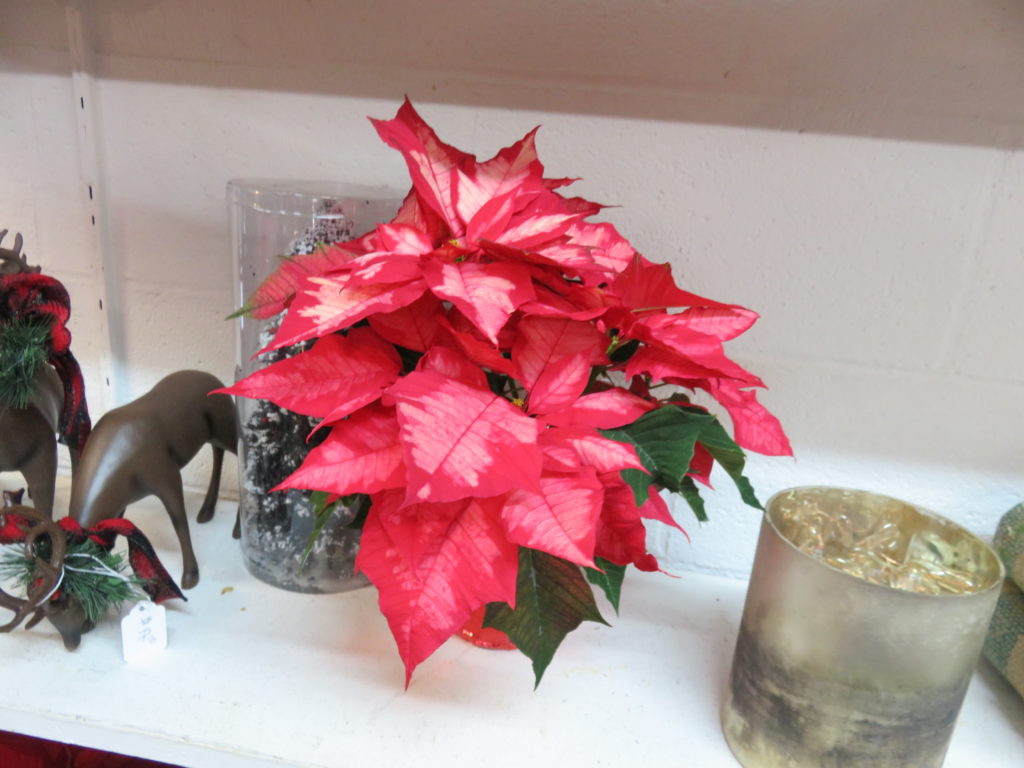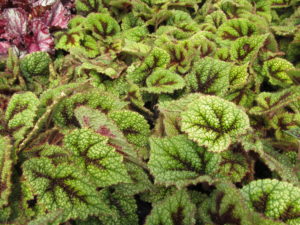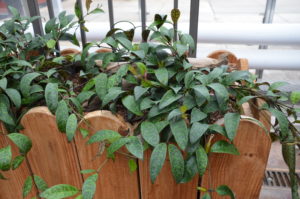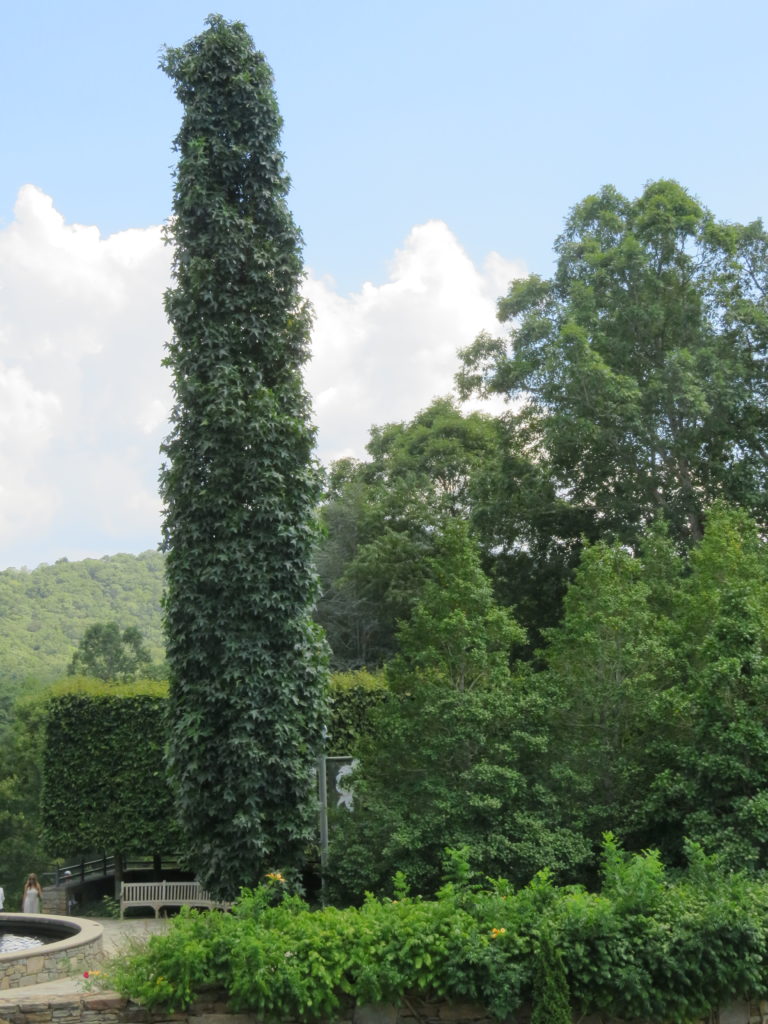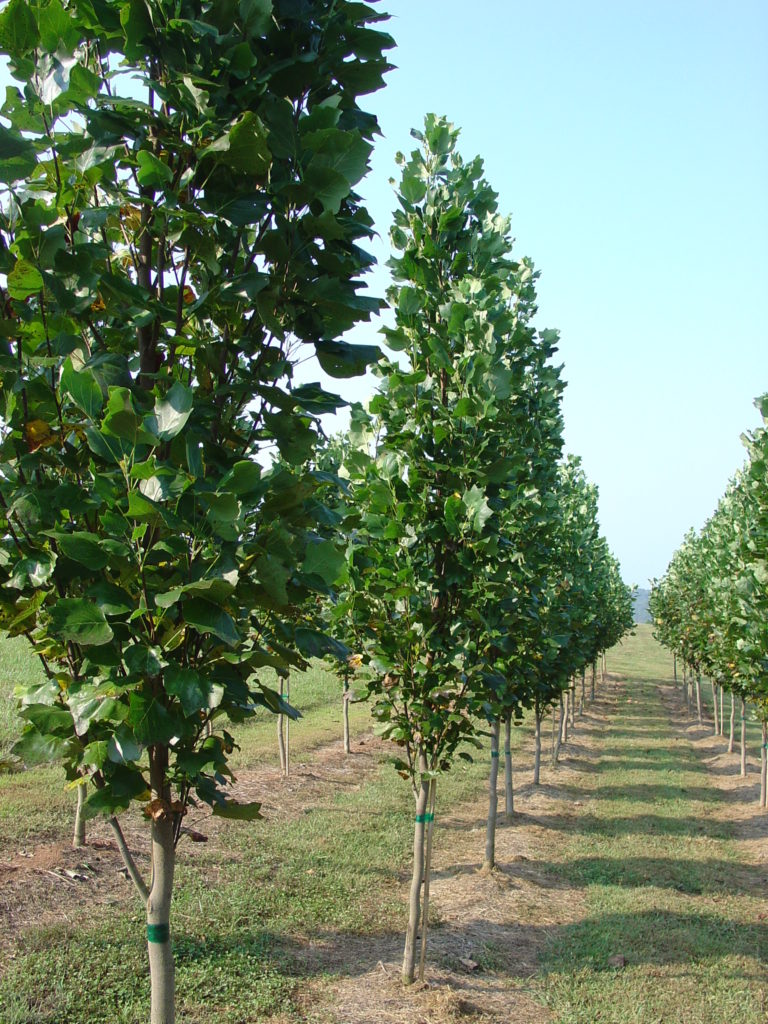Here are 10 reliable plants that shine in my Tennessee garden (Zone 6-b) during the winter season:
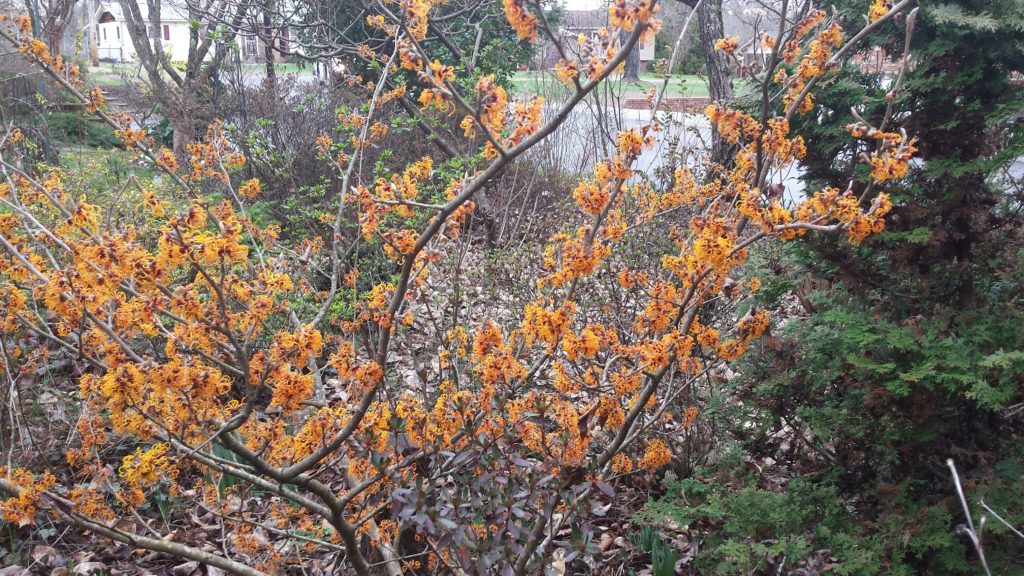
- Witchhazels (Hamamelis spp.) –two species bloom in winter: (a). Vernal witchhazel (H. vernalis) blooms in mid- to late- January (zones 4-8). (b). Chinese witchhazel hybrids (H. x intermedia) dominate the month of February into March. – deciduous, large multi-stemmed shrub or small tree that grow 12 to 15 feet tall with wide spreading branching; select hybrid forms including ‘Jelena’ (coppery-orange flowers), ‘Diane’ (copper-red to red flowers), ‘Gingerbread’ (orange flowers), ‘Westerstede’ (yellow flowers), and ‘Pallida’ (yellow flowers). (zones 5-8).
- Chinese Paperbush (Edgeworthia chrysantha) – their showy nodding flowers appear in late February into early March (zones (6)7-9).
- Carolina Jessamine (Gelsemine sempervirens) – puts on a spectacular display of fragrant, bright yellow flowers starting in late February (depending on weather) and lasting 4-6 weeks, Sports semi- to evergreen foliage (zones 6 to 9).
- Lenten Rose (Helleborus x hybridus) – modern day varieties have some gardeners ripping out those they planted 25 years ago. (zones 4-9).
- Christmas Rose (Helleborus niger) – also noted for their long bloom period in some years starting in late January, most in February through mid-April. (zones 3-9).
- Fragrant Honeysuckle (Lonicera fragrantissima) – Extremely fragrant (lemony), short-tubed, creamy white flowers often appear in mid-winter before the leaves emerge. Flowers are followed by small, somewhat inconspicuous, red berries. (zones 4-8).
- Japanese Cornel (Cornus officinalis) (zones 5-8) and Chinese cornel (C. mas) (zones 4-8) – bloom the latter days of February or early March as prolific open about a week or so later.
- ‘Pink Dawn Viburnum (Viburnum x bodnantense) – puts on a late winter spring show of pink flower clusters followed by thick, lustrous, rich green foliage and cinnamon-colored branches. (zones 5-8).
- Chinese wintersweet (Chimonanthus praecox) – yellow 1 ½ inch wide flowers with a purplish-brown center open with fragrant flowers (to 1” across) typically bloom in winter (December to January) on leafless branches. (zones (6)7-9)
- Daphne (Daphne odora) – highly fragrant creamy-white, pink, or yellow blooms open in late winter and persist well into spring. (zones 3 to 10).
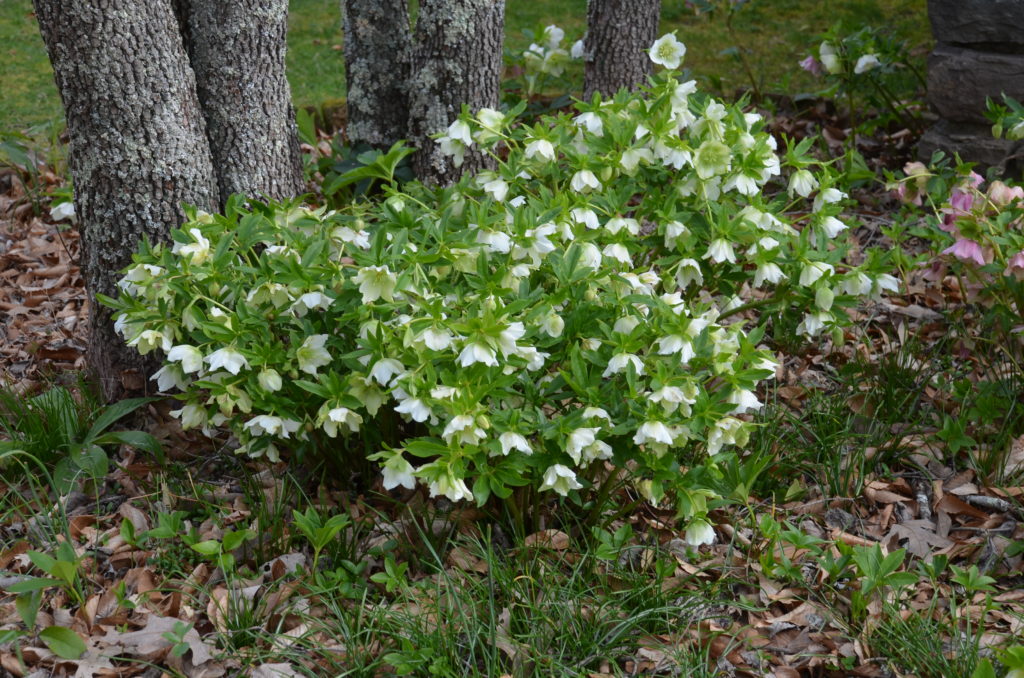
Ten Stars Of The Winter Landscape

